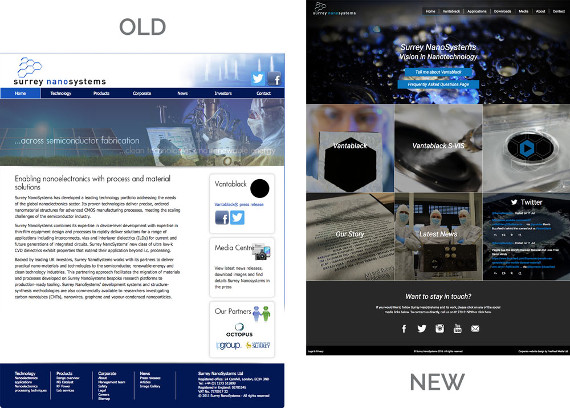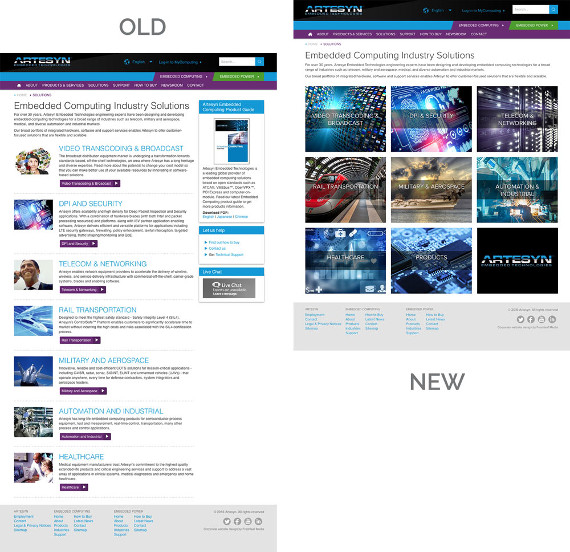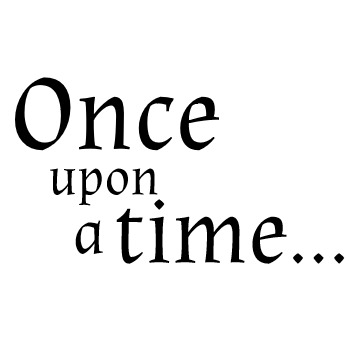Four easy ways you can use the psychology of persuasion to improve your website
A look at how understanding the peculiarities of human behaviour can help you to make your website more successful for your business.
Most of us, when we look at our own websites, don’t think too much about the psychology of our visitors. We choose a design and layout we find attractive, tailor the messaging to the audience, and sprinkle around some calls to action to push visitors towards key content. Granted, there are companies have the budget and inclination to do extensive user testing, and run ongoing rounds of optimisation based on user interaction data; but they are few and far between. Most of us mere mortals do the best we can with Google Analytics and what feels right.
There’s also a belief that if we tell our audience the right things, then they’ll make a rational decision to buy our product or use our services because it’s clearly the best fit for their requirements. But in reality, human beings don’t work that way. We make decisions based on all sorts of factors that we’re not really 100% aware of, and then we rationalise those decisions later. Research into human behaviour demonstrates time and again that actually we’re quite irrational beings, but we’re also quite predictable in our irrationality – which is great news to those who know how to use that information.
We’re kind of irrational beings, but we’re also quite predictable in our irrationality.
So how does this relate to websites? Well, if we make our websites correspond better with the known patterns of behaviour, we can create sites that are more compelling, more enjoyable to use and as a result, more likely to result in an enquiry or a sale.
1. NOVELTY
Human brains tune out to the same-old-same-old; but they light up in response to something new. Whether you’re aware of it or not, as far as your brain is concerned: new = exciting. It’s the reason that people upgrade to the latest handsets, even though the features of the new model aren’t really that much different from the old. It’s not just that we like to have new things – we enjoy ‘newness’.
So what can we learn from this? Well, firstly, a new website will almost always provide a little bump in interest in your business – or sometimes more than a little bump. Earlier this year we launched a new website for Surrey NanoSystems, the inventors of the blacker-than-black coating Vantablack. Vantablack had already been available for over six months, but when the new website was launched it got the same levels of traffic in the first week as it had done in the previous six months combined – and the engagement stats went through the roof.

New layouts for old pages
If a new website isn’t on the cards at present, though – you can always take a fresh look at the content on your existing site. Update a few key pages with new images, new copy, new layouts. Be creative, and make an effort to make it interesting. Then show new vs old to a few folks around the office. Chances are, people will resoundingly gravitate to the new version.

Above: the old page was perfectly acceptable - but how much more immediately engaging is the new one?
Use more images, or update the ones you’ve got
And as a side note – don’t underestimate the importance of images to keep your visitors’ brains entertained. Don’t just plump for more uninspiring stock images – that won’t do much for your engagement. A glossy infographic is much more likely to hold a visitor’s attention. Or failing that, why not check out these sources of free interesting images to use on your site. And bear in mind, it doesn’t have to depict what’s going on in your copy. Sometimes a picture is just there to look pretty.
 2. STORYTELLING
2. STORYTELLING
As I mentioned already, we all like to think that we’re rational beings - but in reality we’re creatures driven by emotion. We respond to human interest. We identify with others we think are like us. We love to be told stories - stories evoke emotion: and emotion drives us.
In 2010 Rob Walker and Joshua Glen conducted an experiment based around selling with stories. They bought cheap items from charity shops and then invited writers to contribute stories to be sold along with the items on eBay. The novelty of the idea, combined with the story element, meant that the little no-value objects sold at vastly inflated prices, raising thousands of dollars for charity in the process.
So what can we learn from this? Well, instead of boring me with the features of your product or service; tell me a story about it. Don’t just tell me that the product or service is just what I need: paint me a picture with words of exactly how it’s going to make my life easier. Take me there. Travel websites have this easy – they just show pictures of glorious white beaches and turquoise seas. But those of us with a B2B product or service to offer frequently have to be little more creative to enable our visitors to feel the benefits we offer. Case studies and use-case illustrations can be powerful, but don’t forget you can also tell little stories within your copy – it doesn’t have to start with ‘once upon a time…’
3. BECAUSE, BECAUSE
The human brain is programmed to look for meaning and reasons. We identify patterns and look for meaning, sometimes even when there isn’t any – like when we see things in the shapes of the clouds. That’s just how we make sense of the world.
In turn, this translates into the curious power of the explanation. There’s an old study from the (long-gone) days of photocopier queues, that demonstrated that people are far more likely to do as you ask if you give them a reason. Asking to cut into the queue, the researcher tried asking with and without an explanation as to why she needed to cut in. Astonishingly, people were significantly more likely to let her cut in, even when the reason was as spurious as “because I need to make some copies” (well, duh!). It seems that the very presence of the word ‘because’ satisfies our inbuilt need for there to be a reason. It’s not going to cause your phones to ring off the hook, but why not experiment with using the “because” in your copy to explain why someone should engage with your business.
 4. SOCIAL PROOF
4. SOCIAL PROOF
This is already a well-accepted marcomms maxim, but it still belongs here because it has its roots in human psychology and behaviour.
Human beings are social creatures. We all like to think we're all special and unique snowflakes, but our brains know that there's safety in numbers, which means that we instinctively look to others to help us decide what to do. We take advice and recommendations, and we like to feel that those are genuine and not driven by any ulterior motives or hidden agendas.
That’s where social proof comes in. Testimonials and social comment allow people to place their trust in you, knowing that they’re not the first to do so and that others have had success with your product or service.
